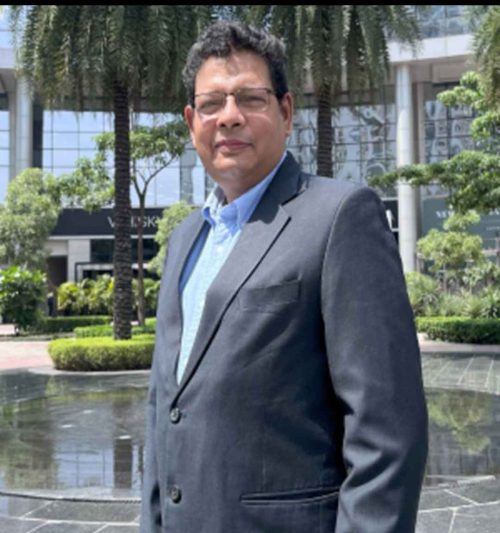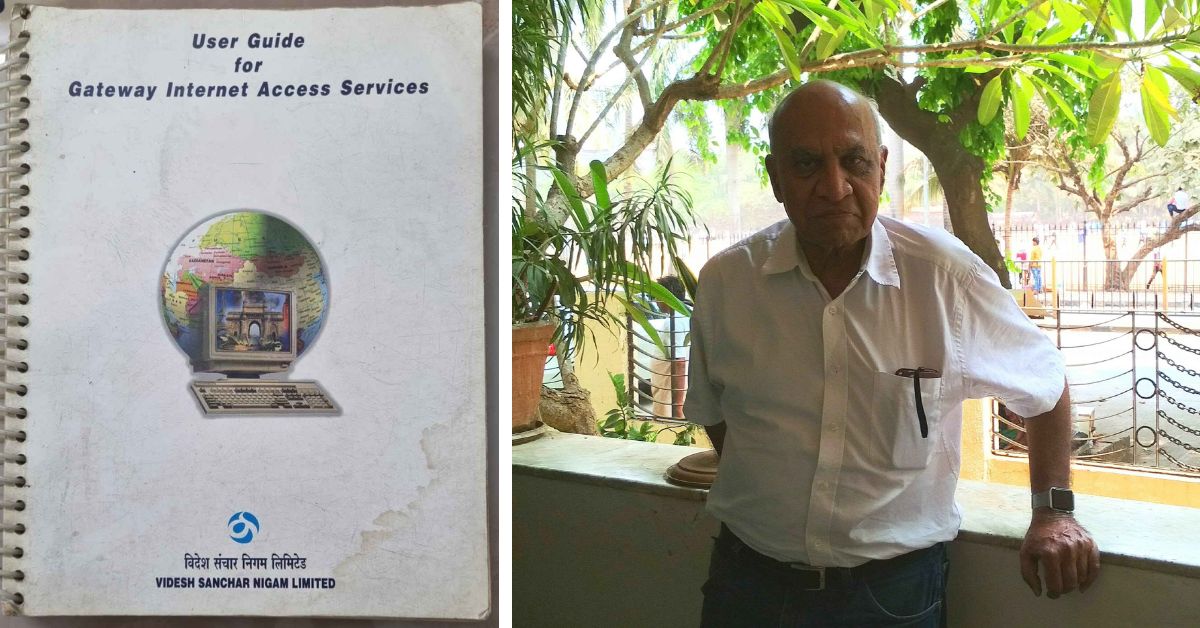On a rain-soaked Independence Day in 1995, as the tricolour rose skyward, another quiet revolution was taking shape — one that would forever alter India’s digital destiny.
Behind this historic leap stood passionate visionaries and technologists who worked tirelessly to turn the dream of a connected India into reality.
On that day, Videsh Sanchar Nigam Limited (VSNL) launched its Gateway Internet Access Service (GIAS), pushing the nation into the ranks of global digital pioneers.
As India commemorates this landmark anniversary, it’s worth looking back on the remarkable journey that transformed the country’s relationship with technology.
Today, with more than 900 million users, the internet has become an indispensable part of daily life for Indians. It shapes everything — from banking and news consumption to entertainment, online shopping, education, and staying connected through social media, WhatsApp, and video calls.
The internet, once a novelty, is now a necessity many feel they couldn’t live without. Yet few may recall how this digital revolution began and what it took to get here.
Before the boom: BBS and the pre-Internet era
India’s digital journey started much earlier in unexpected corners — often in the homes of passionate students and techies, long before commercial networks went live.

Before the commercial internet arrived in India, a thriving BBS (Bulletin Board System) community existed, connecting computers over landlines and modems.
It was in 1989 that students Suchit Nanda and his brother Anish started Live Wire! BBS (LWBBS) from their bedroom in Mumbai’s Powai.
LWBBS was the first and largest BBS in the Indian subcontinent, playing a foundational role in connecting early Indian internet users and fostering a digital community before internet access became widespread.
“Our BBS became India’s first and largest, connecting users nationwide through the global FidoNet network. This led to my participation in INET conferences, where I advocated for public internet access in India. Given the security policies then, only government-linked bodies could launch the internet. VSNL was ideal, as it had existing lease lines and global partnerships. This led to meetings with VSNL’s leadership, paving the way for India’s internet revolution,” recalls Suchit Nanda.
Nanda’s pioneering spirit didn’t stop at advocacy. His tech firm was among the first to receive an internet licence from the Department of Telecommunications (DoT). He played a trailblazing role in expanding digital access through the development of internet set-top boxes (STBs) — bringing the web to television screens.
Through innovative ventures like Nanda Netcom and Jadoonet.com, in collaboration with tech giants Samsung and Intel, he helped make the internet more accessible to Indian households, redefining how people connected and consumed digital content.
The launch: VSNL’s gateway to the future
On Independence Day in 1995, the GIAS public internet service by VSNL was launched and opened to all.

Until then, the internet in India was only available to educational and research institutes via ERNET (the first internet connection to India), NICNET (for government only), and STP (for tech parks only). The public internet service was a milestone. The GIAS launch was just the start — it opened the floodgates.
Behind the scenes: pioneers and partnerships
“We helped shape the backend systems and rollout strategy, using our experience running a nationwide BBS network. A close group of tech leaders and system admins — like Atul Chitnis, Kishore Bhargava, and others — played a key role in turning the vision into reality.”
At the outset, the internet launch covered a limited number of cities — including Mumbai, Delhi, Chennai, Kolkata, and Pune. A couple of weeks later, Bangalore was added to the list.
Retail customers received dial-up services, while enterprises were offered leased line connections.
“In the beginning, dial-up capacity was limited to just 16 or 32 lines, and we had access to only four Class C IP addresses from APNIC,” wrote Neeraj Sonker, who served as General Manager, Internet Services at VSNL from 1994 to 2000, in a LinkedIn post marking the silver jubilee of India’s internet launch.
Scaling up: from metro cities to tier 2
Soon after, the Department of Telecommunications (DoT) directed VSNL to extend internet services to Tier 2 cities, beginning with state capitals. Starting in 1996, VSNL began rolling out internet access across these regional hubs.
Sonkar’s account of the period provides insights into the technical and operational challenges faced, including scaling infrastructure to meet skyrocketing demand and addressing customer and media criticism in the early days.
He highlights how, despite limited network expertise and resources, the team managed to connect major cities through a 64-kbps satellite link, established Points of Presence (POPs) across India, provided dial-up and leased line services, and later expanded the network to Tier 2 cities.
His leadership also saw the rollout of key innovations — such as the shift from static to dynamic network routing and improvements in customer support and billing systems.
Empowering users: The internet guide and community building
As the team continued to upgrade infrastructure and expand services, attention increasingly turned to empowering customers to navigate the new digital landscape.
One pivotal initiative in this direction was the creation of the Internet User Guide (The Guide), which turned out to be a boon for both customers and teams.
Recognising the need for user empowerment, the team, at Nanda’s suggestion, enlisted Stanford Professor Dr Raj Mehta to craft the Internet User Guide. Dr Mehta’s hands-on approach — fielding late-night calls and emails from users nationwide — reflected the spirit of collaboration at the dawn of India’s digital age.
Dr Mehta returned to India during that time and dedicated significant effort to assisting VSNL and end-users. In 1997, the spiral-bound book was published.

Between 1997 and 1999, VSNL distributed 20,000 printed copies of the guide. After 1999, VSNL switched to providing the guide on CD-ROM instead of in hard copy. VSNL also gave Dr Mehta a token amount for authoring the guide.
“Back then, users relied on the VSNL Helpdesk, and even installing a browser was a big challenge. With evolving devices and browsers, the Internet User Guide was a huge help,” Sonker, presently working as CTO with Constl, told The Better India. “I still wonder how Dr Raj built a community of users and techies to support others — it was truly amazing.”
One-man help desk
Seated in his Churchgate home in Mumbai, overlooking the Oval Grounds, Dr Mehta gestures toward a framed relic on the wall — an early Pentium chip he helped develop.
“Those were the days,” he recalls. “I’d get 50 to 60 calls a day and dozens of emails — I was a one-man Help Desk. People would ask things like: Why does my internet disconnect when I get a call? Do I need a second phone line? Why are downloads so slow?”
The legacy and the road ahead
By 2000, VSNL had 8 lakh internet users, besides serving corporates and the software industry, revolutionising communication in the country.
“As we scaled up infrastructure, what we lacked was an interactive platform — like today’s social media — to engage with customers and partners,” Sonker notes. “The Internet User Club of India, led by the late Shammi Kapoor, Vijay Mukhi, and Miheer Mafatlal, regularly met the VSNL leadership to share feedback. It’s heartening that some members went on to become successful entrepreneurs in the internet economy.”As India stands on the cusp of AI, 5G, and an ever-evolving digital society, it’s worth honouring the nation’s unsung pioneers — innovators whose imagination transformed into the dawn of a connected nation in 1995.
As India stands on the cusp of AI, 5G, and an ever-evolving digital society, it’s worth honouring the nation’s unsung pioneers — innovators whose imagination transformed into the dawn of a connected nation in 1995.
All images sourced.
No comments:
Post a Comment